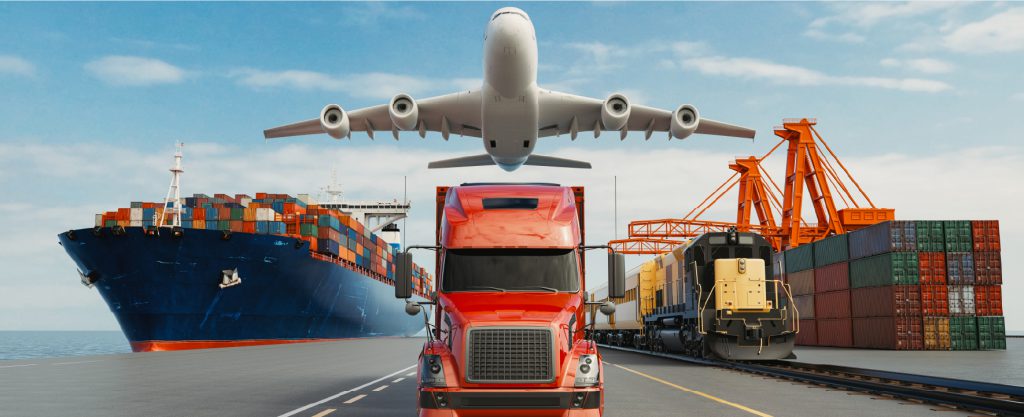Your Best Global Freight Forwarder
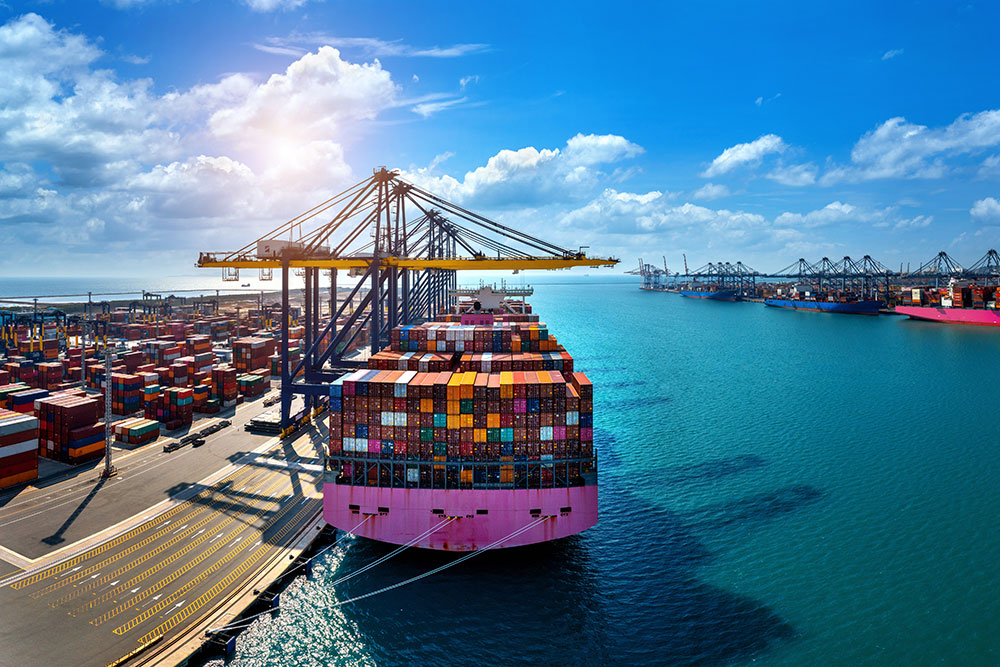
Your Best Global Freight Forwarder

In the complex world of international trade, sea freight is a cornerstone of global logistics. For businesses importing goods from China to the United States, understanding the nuances of sea freight time is crucial. Whether you're shipping products to restock inventory, fulfill customer orders, or manage supply chains, knowing what to expect in terms of shipping time can help you plan effectively, avoid costly delays, and maintain customer satisfaction. This article will delve into the factors influencing sea freight time, typical transit durations, and strategies to optimize your shipping process.
Sea freight is the process of transporting large quantities of goods across oceans using cargo ships. It is one of the most cost-effective methods for shipping heavy or bulky items, making it a popular choice for businesses worldwide. However, the trade-off for lower costs is typically longer transit times compared to air freight. Understanding the timeline for sea freight is essential for businesses that need to plan for lead times, production schedules, and inventory management.
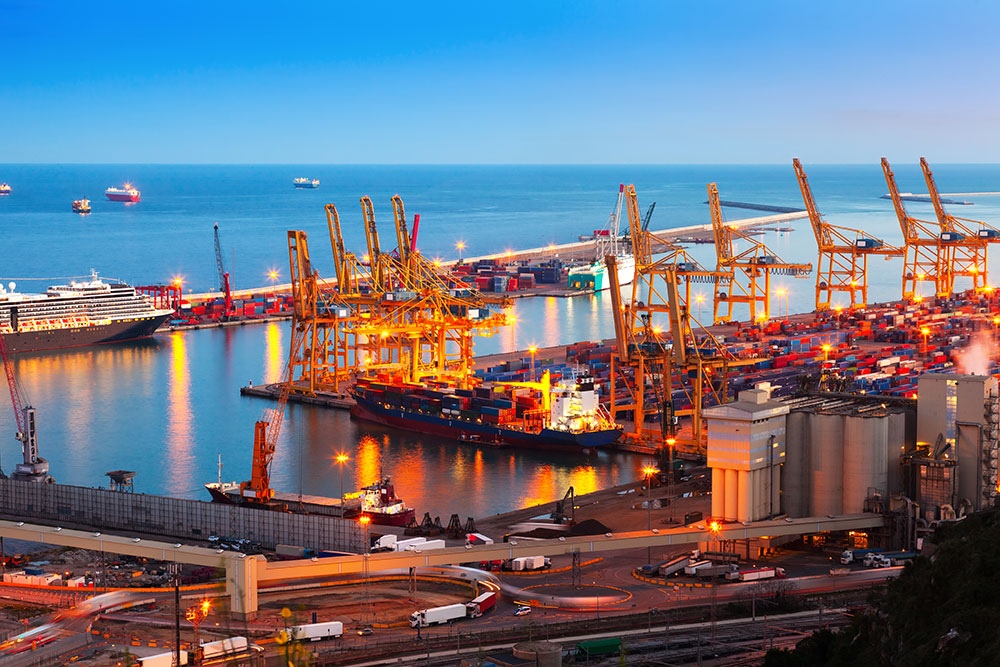
The time it takes for goods to travel from China to the United States by sea is influenced by several factors. Here are the key elements that can affect shipping times:
The route taken by the cargo ship is a major determinant of how long the journey will take. Direct routes from major Chinese ports like Shanghai or Shenzhen to U.S. ports on the West Coast (e.g., Los Angeles) are generally faster than routes that involve multiple stops or pass through less direct paths. For East Coast deliveries, ships often pass through the Panama Canal, which can add extra days to the journey.
Congestion at ports can significantly delay shipments. Both Chinese and U.S. ports can experience congestion, particularly during peak seasons like the holiday rush or Chinese New Year. When ports are congested, ships may have to wait longer to dock, unload, and reload, adding days or even weeks to the total transit time.
The customs process is another critical factor. Goods need to be cleared by customs in both China and the U.S. before they can continue their journey. Delays can occur if there are issues with documentation, if the goods require inspection, or if there is a backlog at the customs office. Proper preparation and ensuring that all documentation is accurate can help mitigate these delays.
Weather plays a significant role in sea freight times. Severe weather conditions such as typhoons, hurricanes, or heavy storms can delay ships, either by forcing them to change course or by making it unsafe to sail. While some delays are unavoidable, planning shipments around known weather patterns can help reduce the risk of disruptions.
The time of year can also influence how long it takes for goods to ship from China to the U.S. During peak shipping seasons, such as the weeks leading up to major holidays, there is often an increase in shipping volumes, which can lead to longer transit times due to higher demand for shipping space and port services.
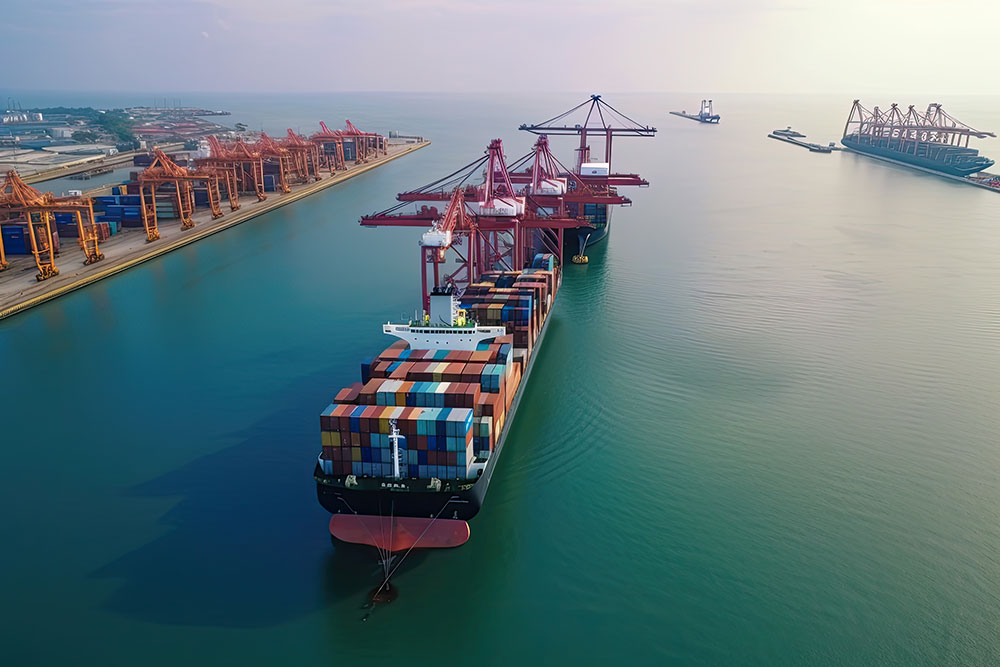
The average sea freight time from China to the USA ranges between 15 and 40 days, depending on the destination and the factors mentioned above. Here is a breakdown of typical transit times based on the destination within the U.S.:
These times include the port-to-port transit as well as the additional time required for customs clearance, loading, and unloading. It's important to note that these are average times; actual transit times can vary depending on current conditions.
For businesses that need faster delivery times, express sea freight services are available. These services are a middle ground between standard sea freight and air freight, offering quicker delivery times by optimizing routes and minimizing port delays. Typically, express sea freight can reduce transit times to about 20-30 days, making it a viable option for time-sensitive shipments that are too large or costly to send by air.
To ensure that your goods arrive on time and to minimize the risk of delays, consider implementing the following strategies:
Effective planning is crucial for sea freight. This means booking space on vessels well in advance, particularly during peak seasons. Early planning also allows you to select the best routes and shipping options based on your specific needs.
Choosing a reliable freight forwarder is essential. Reputable companies like MILE LOGISTICS offer services that include real-time tracking, reliable scheduling, and comprehensive logistics solutions that can help ensure your shipments arrive on time. A trusted partner can also assist with documentation and customs clearance, reducing the likelihood of delays.
Incomplete or inaccurate documentation is one of the most common causes of delays in sea freight. Ensure that all necessary paperwork, such as bills of lading, commercial invoices, and packing lists, are correctly filled out and submitted on time. Proper documentation can significantly speed up the customs clearance process.
Keeping an eye on weather forecasts and port conditions can help you anticipate and plan for potential delays. If severe weather is expected or if you know a port is currently congested, you may be able to adjust your shipping plans accordingly to avoid disruptions.
Shipping through major ports that are equipped with better infrastructure and have higher capacity can help reduce transit times. Major ports are less likely to experience delays due to infrastructure issues or insufficient staffing.
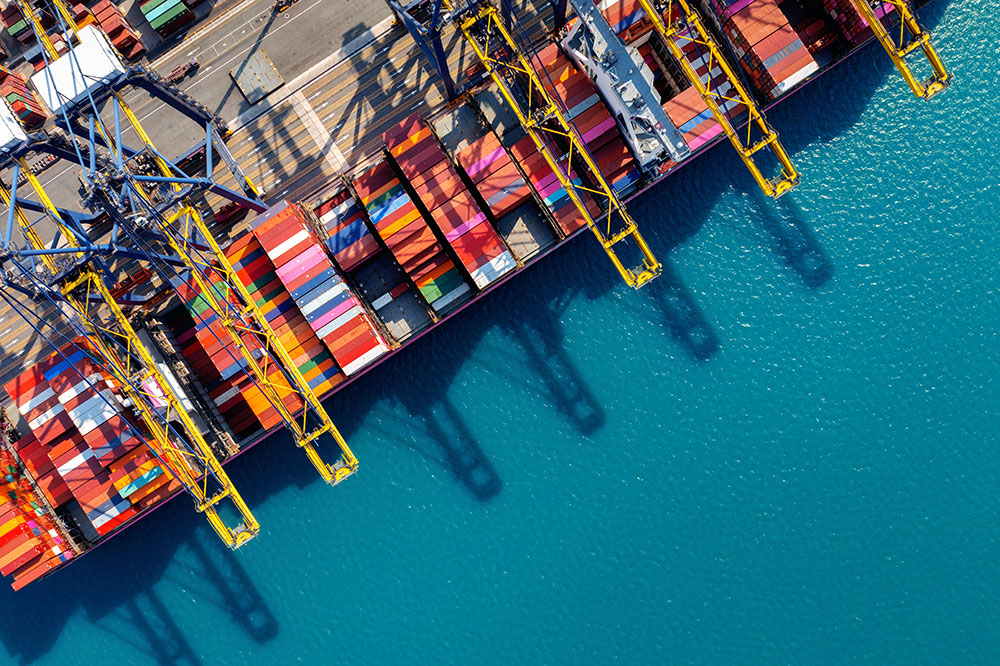
At MILE LOGISTICS, we understand the importance of timely deliveries and efficient logistics. With over 10 years of experience in the freight forwarding industry, our team of experts offers comprehensive solutions that integrate global resources to provide you with the best possible shipping experience. Whether you need to ship by sea, air, or rail, we have the expertise and resources to ensure your goods reach their destination on time.
For businesses shipping from China, we offer quick and transparent cost estimates, allowing you to plan your logistics with confidence. Get a quote today to learn more about how MILE LOGISTICS can help streamline your shipping process.
If you're new to sea freight, it's important to understand the different types of containers available. Standard containers are typically 20-foot or 40-foot in length, but there are also specialized containers like reefers (refrigerated containers) for perishable goods. Choosing the right container type is essential for ensuring your goods are transported safely and efficiently. For more information, learn about container sea freight and how to select the best option for your needs.
Shipping goods from China to the USA via sea freight is a reliable and cost-effective method, but it requires careful planning and awareness of potential delays. By understanding the factors that influence transit times and working with experienced logistics partners like MILE LOGISTICS, you can ensure your shipments arrive on time and within budget.
